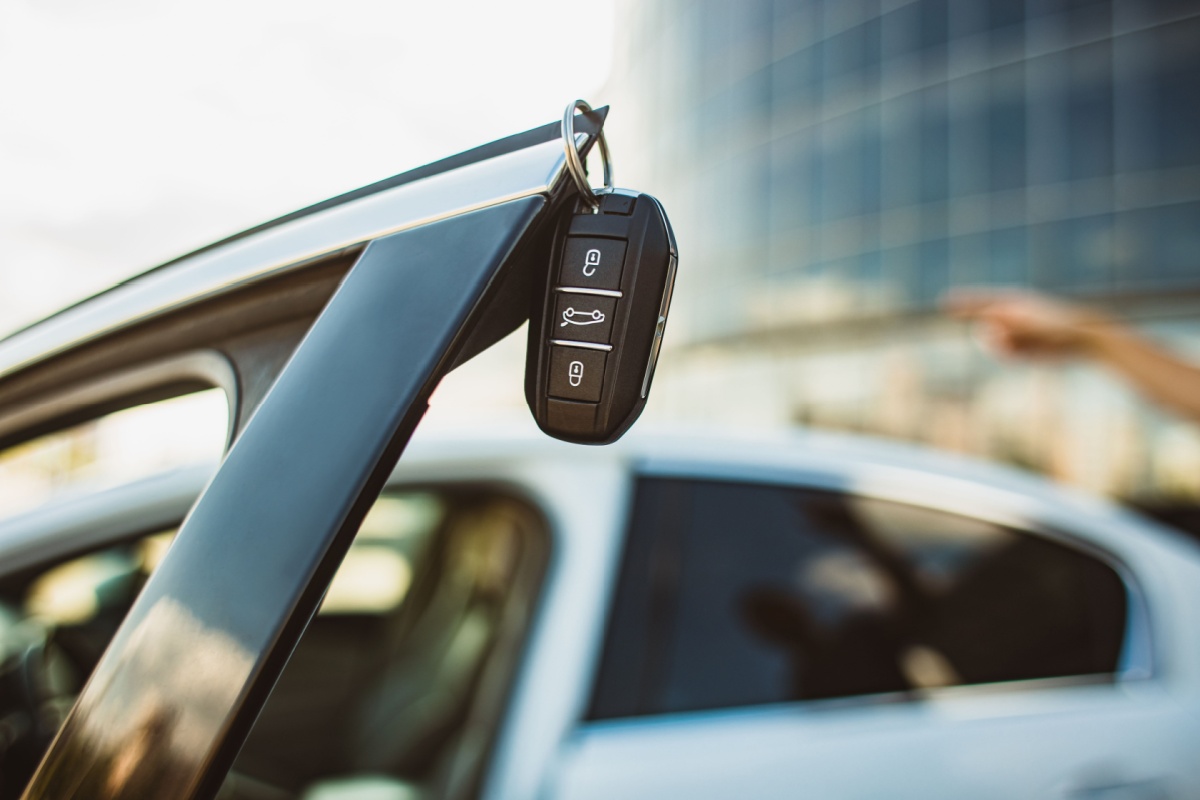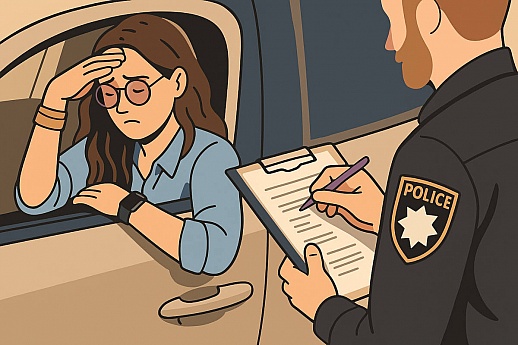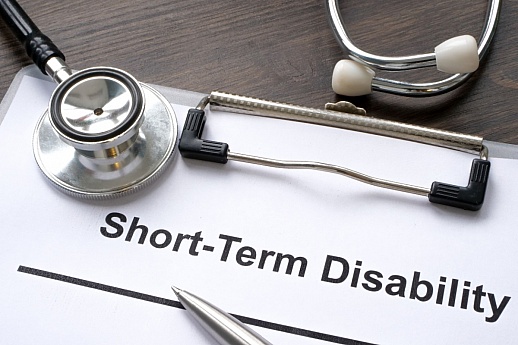How Much Is GAP Insurance? Costs, Coverage, and When You Need It
While purchasing a brand-new car off the lot, its value drops almost immediately. GAP, short for Guaranteed Asset Protection, is a solution for addressing this issue, especially in critical scenarios when your car is totaled or stolen.
But how much is GAP insurance really? And is it always worth it?
What Is GAP Insurance?
Guaranteed Asset Protection (GAP) insurance is an optional car protection that covers the difference between the current value of your car and the amount still owed on your loan or lease.

Here’s how it works:
A standard auto insurance policy pays out the current market value of your car after an accident or theft. However, if your loan balance is higher than that amount, you will be stuck paying the remaining balance out of pocket. This is especially common during the first few years of ownership. GAP insurance helps owners cover that “gap”, so you don’t pay money for a vehicle you no longer owe.
Having GAP insurance is especially beneficial when:
- You leased your car: Most leases require GAP insurance, since the car’s value depreciates fast. However, it is typically included in the lease contract, making it unnecessary to purchase a separate policy.
- You financed with a small or no down payment: This means you’ll owe more than the car is worth for a while.
- Your loan term is long (60+ months): This means that longer loans build equity more slowly, thus increasing your financial risks.
That said, GAP insurance is a financial safety net for cases when something unexpected happens while you’re still upside down on your loan.
How Much Is GAP Insurance Through a Dealership?
The price of GAP insurance through a dealership is typically somewhere between $400 and $700, rolled into your auto loan or lease. It may seem like a convenient option until you realize that it turns out to be more expensive than going through an insurance company. While dealerships usually include the cost in your loan, this means that besides the flat rate, you’ll also pay interest on it.
Here’s a quick breakdown of how GAP insurance pricing varies:
- Buying GAP from an insurer instead of a dealer may result in a lower price. The add-on can cost as little as $20 to $40 per year.
- Purchasing through a lender or dealer: As mentioned, the flat fee varies from $400 to $700, often with no option to remove it later.
- Buying GAP insurance through a third-party provider: Prices may vary depending on several factors, such as the state and the car.
When Is It Especially Necessary?
In case your down payment was less than 20%, GAP insurance can be a smart move. Your loan balance will likely exceed the car’s market value for the first few years, plus you never know what accidents may happen. It’s always worth comparing your options to avoid overpaying and protect your vehicle.
Which Insurance Companies Offer GAP Insurance?
Many major insurance providers offer GAP insurance as an optional add-on to your regular auto policy, allowing you to save money. This route gives drivers more flexibility and can be especially appealing if you want to avoid bundling the cost into a long-term loan.
It’s worth noting that not every company refers to it as “GAP insurance.” Some may refer to it as “loan/lease payoff coverage”. While two add-ons refer to the same thing, the latter may slightly differ in the amount that it pays. Loan/lease payoff coverage typically pays up to 25% of your car’s actual cash value (ACV).
Here are three top insurance companies in the U.S. that offer GAP insurance:
1. Progressive
Progressive does not offer GAP insurance coverage. It offers something similar as an optional add-on when you purchase a full-coverage auto policy. It can pay up to 25% of your vehicle’s actual cash value, which may be enough for typical shortfalls between your loan balance and the insurer’s payout after a total loss.
This makes Progressive a good fit for buyers with minimal down payments or long loan terms, as well as for those who want to manage all their coverage under one roof.
2. Allstate
Allstate provides GAP insurance for leased or financed vehicles, particularly those with high loan-to-value ratios. Their insurance can cover up to $50,000 of losses for new and used vehicles. However, it is not available through a standard auto policy endorsement, but rather through a dealer-sold waiver.
What makes Allstate appealing is its flexibility: it’s available in most states and can be added during policy updates, not just at the start of coverage. They also have tools and calculators to help determine whether GAP coverage makes sense for your specific loan terms.
3. Nationwide
Nationwide offers GAP coverage as part of its broader suite of car insurance add-ons. The vehicle should meet certain age and mileage criteria, so it’s best to consult them to see if the options suit your expectations.
It can be a good option for those who already have specific insurance bundles and prefer a more customized approach to their GAP insurance.
Gap Insurance Cost Comparison
While there are no universal rates for the GAP insurance coverage, what you’ll actually pay depends on a mix of where you live, where you buy the policy, and specifics about your car loan.
- Size of Your Down Payment: A lower down payment means you’re “underwater” on the car from day one. That increases the financial risk, which can hike up your GAP cost.
- How Fast Your Car Depreciates: Some cars lose value quickly. Models with high depreciation rates, like luxury vehicles or electric cars, tend to come with higher GAP premiums.
- Length of Your Loan: Longer-term loans (72–84 months) may lower your monthly payments but increase the time you’re at financial risk. This translates into a higher cost for GAP insurance.
- Your Location: Where you live plays a surprisingly large role. States with high accident rates, vehicle theft, or expensive average car prices usually see more claims, which drives up premiums.
To give you a better sense of what you might pay, let’s have a general look at car insurance rates comparison by state.
How Much Is GAP Insurance in Texas?
GAP insurance in Texas typically costs around $69 per year when added as an add-on. The dealership purchases vary from $500 to over $1,000, charging up to 5% of the loan value for GAP coverage. Texas drivers often finance vehicles with longer loan terms and smaller down payments, which increases the risk of negative equity, making GAP insurance especially useful.
Additionally, Texas has a high vehicle theft rate in some metro areas, impacting the overall efficiency of the insurance.
How Much Is GAP Insurance in Florida?
GAP insurance in Florida generally falls between $2 and $30 per year when bundled with an existing policy. Florida’s higher-than-average accident and flood risk make GAP coverage a thoughtful consideration for newer vehicles or those financed with a low down payment.
How Much Is GAP Insurance in California?
GAP insurance in California is around $20 to $40 per year when purchased as an addition to your existing auto insurance policy. California’s high vehicle values, especially in urban areas like Los Angeles and San Francisco, mean drivers often finance large loan amounts. This results in a wider gap in a total loss scenario.
Additionally, strict consumer protection laws in the state require clear disclosures on GAP insurance terms, so you’ll know exactly what you’re paying for.
FAQs
Is GAP Insurance Worth It?
Yes, especially in cases where a small down payment (less than 20%) is made and car financing involves a long-term loan or car leasing with insurance. Since vehicles depreciate quickly, it’s common to owe more than the car is worth in the early years. GAP insurance also helps you save thousands out of your pocket when your car is totaled or stolen.
When Does GAP Insurance Not Pay?
GAP insurance won’t cover everything. It does not pay for:
- Repairs or damages when the vehicle isn’t totaled.
- Missed or late loan payments, past-due fees, and penalties.
- Negative equity rolled over from a previous loan.
- Extended warranties or add-ons are included in your loan.
- Personal belongings were inside the car at the time of loss.
How Much Is GAP Insurance on a New Car?
For a new car, GAP insurance typically costs between $400 and $700 when bundled with a standard auto insurance policy. Note that the average amount of your monthly or yearly payments depends on numerous factors, including the car model, mileage, and, most importantly, the state you are living in.



